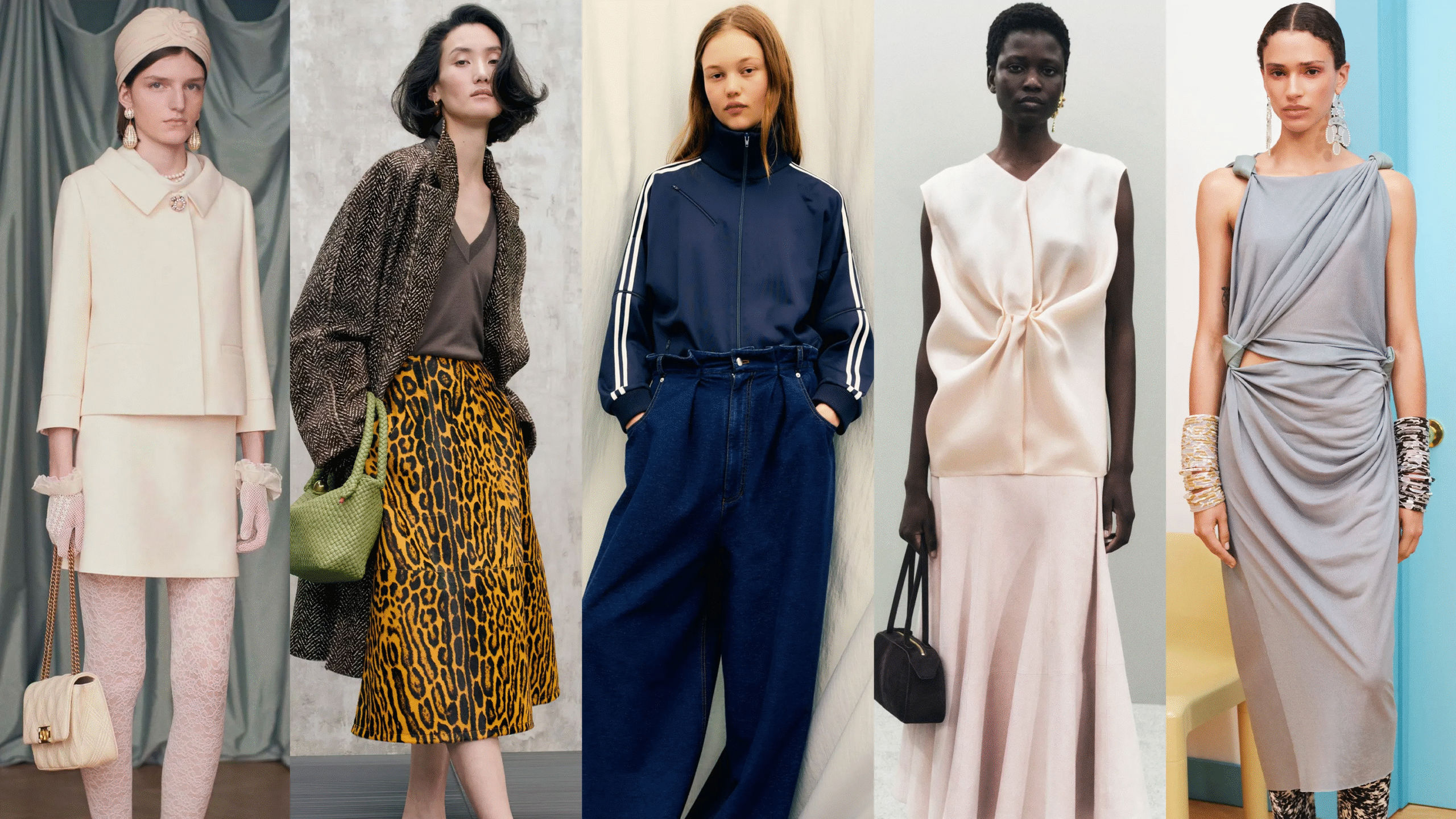Creating a versatile wardrobe isn’t about having more clothes—it’s about knowing how to mix and match what you already own. With a little creativity and some basic fashion principles, you can turn a small set of clothing into dozens of stylish everyday outfits. Whether you’re dressing for work, school, or casual outings, mastering the art of mixing and matching keeps your style fresh and your wardrobe efficient.
Start With Neutral Basics
Build a Foundation
Neutral-colored items like black pants, white shirts, beige jackets, and navy jeans form the core of any mix-and-match wardrobe.
Easy to Pair
Neutrals pair well with each other and allow brighter pieces or prints to stand out.
Choose a Cohesive Color Palette
Stick to 3–5 Main Colors
Select a color family that complements your skin tone and fits your style. This ensures your pieces work together effortlessly.
Use Pops of Color
Accent items like scarves, shoes, or tops in bold colors can elevate neutral outfits without clashing.
Focus on Versatile Pieces
Must-Have Items
Some of the most flexible clothing includes:
- Classic white button-down shirts
- Dark denim jeans
- A tailored blazer
- Basic T-shirts and tank tops
- Simple skirts or dresses
Layer-Friendly Clothes
Pieces that can be worn under or over others provide more outfit options.
Play With Textures and Patterns
Add Visual Interest
Mix textures like denim, silk, wool, and cotton to create depth in your outfits.
Pattern Mixing Basics
Combine small prints with larger ones, or use prints in the same color family to keep the look balanced.
Use Accessories to Refresh Looks
Belts, Scarves, and Jewelry
These can transform basic outfits into something unique and stylish.
Shoes and Bags Matter
Changing your shoes or bag can shift the entire vibe of your outfit—from casual to polished.
Embrace Layering Techniques
Build Multi-Season Outfits
Layering allows you to wear the same items throughout the year. For example, pair a summer dress with a cardigan and boots in colder months.
Experiment With Proportions
Try oversized jackets over fitted dresses or cropped tops with high-waisted trousers for balanced looks.
Dress Up or Down Easily
Transition Outfits
Wear a casual outfit with sneakers during the day, then switch to heels and add a blazer for an evening look.
Key Transformative Pieces
Blazers, statement jewelry, and elegant shoes can quickly elevate any outfit.
Plan Ahead and Organize
Outfit Planning
Use a weekly planner or app to pre-plan outfits and avoid morning stress.
Take Photos
Snap pictures of your favorite combinations to reference later and inspire future looks.
Avoid Common Mistakes
Don’t Overcomplicate
Keep it simple. If you’re unsure about a pairing, opt for neutrals or basics that always look good together.
Avoid Clashing Styles
Make sure your pieces align in formality and style. For example, pair a structured top with tailored pants instead of sweatpants.
Conclusion
Mixing and matching is a powerful way to maximize your wardrobe while expressing your unique style. By focusing on versatile basics, layering, and creative pairings, you can dress well every day without needing endless clothes. With practice and planning, your wardrobe becomes a source of effortless style and confidence.
FAQs
How many outfits can I create with a small wardrobe?
With 20 versatile pieces, you can create 50–100 outfit combinations depending on how you pair them.
Can prints be mixed in everyday outfits?
Yes. Stick to complementary colors and vary the scale of the prints to keep things cohesive.
What’s the easiest way to make outfits look new?
Switch up your accessories, shoes, or layering pieces to refresh your look.
Do I need designer clothes to look stylish?
No. Affordable basics styled well can look just as fashionable as high-end items.
How can I learn to mix and match better?
Follow style blogs, use outfit apps, or study how fashion influencers put together outfits for inspiration.



